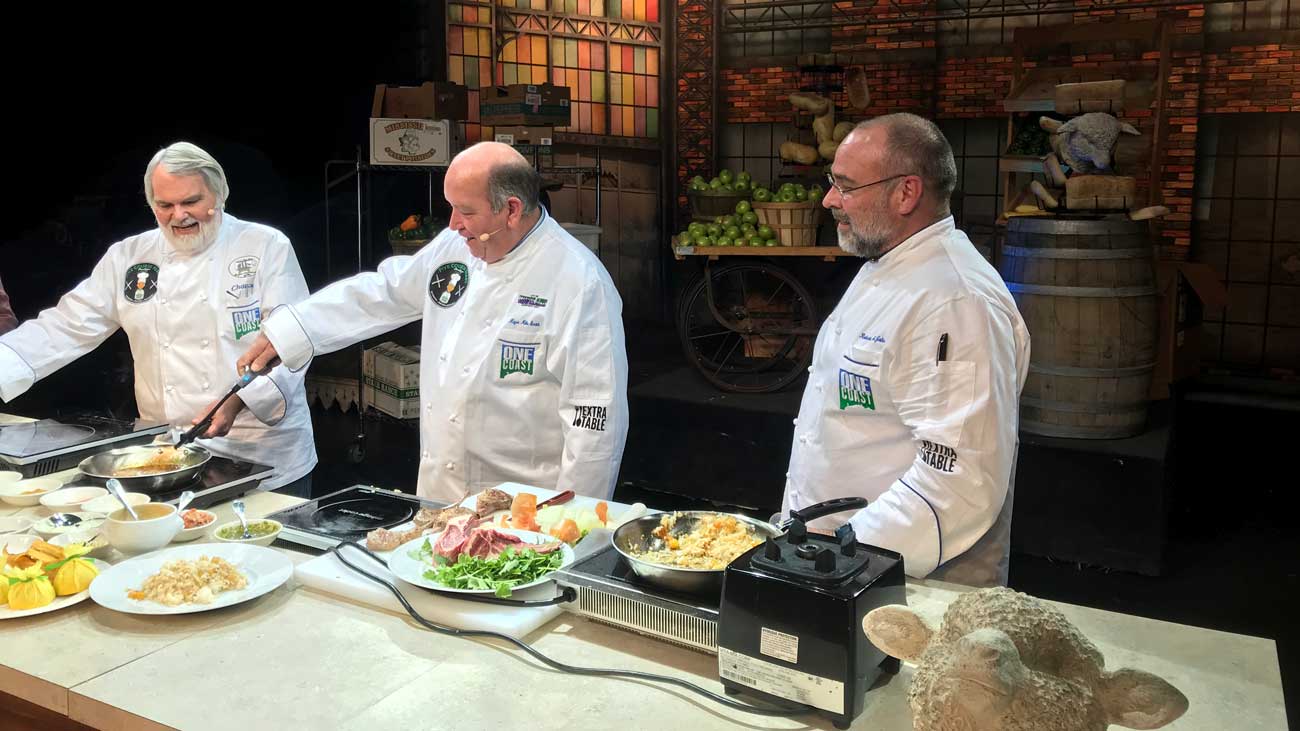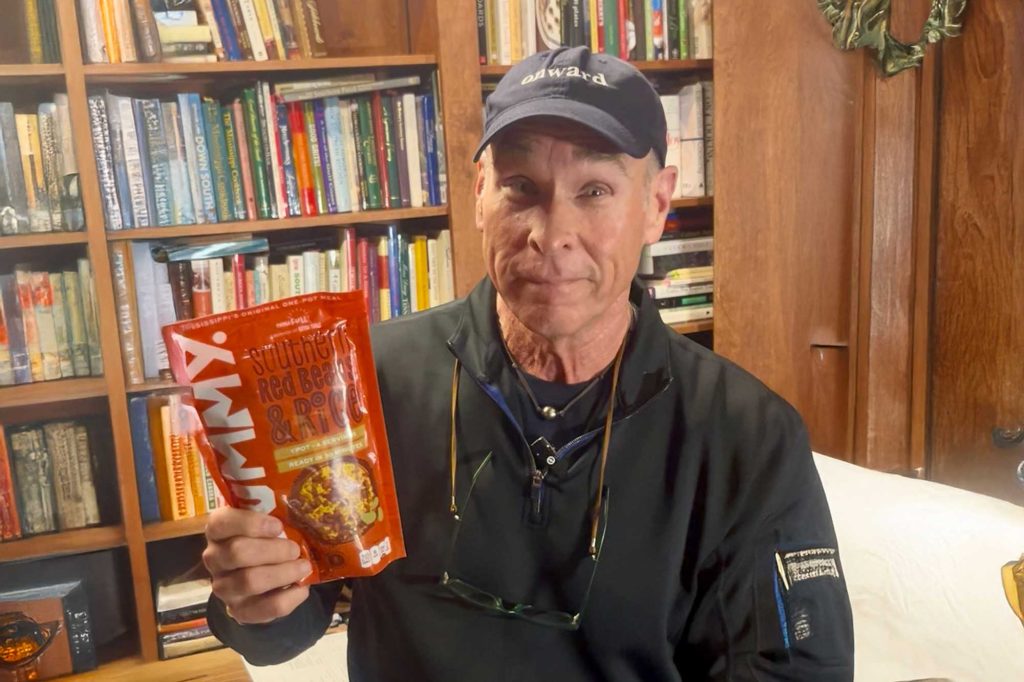Restaurant rollouts take coordination. Whether it’s the unveiling of an entirely new concept or the rollout of a new menu, a lot of detailed planning is involved in all departments.
It took a few decades for that lesson to sink in. In the early days of my restaurant career I flew by the seat of my pants, and if I had a good idea— or what I thought might be a good idea— we would try it. Oftentimes we failed, but sometimes we nailed it.
It’s those knock-it-out-of-the-park homeruns that keep me striving to push forward. I can look back over a 30-year restaurant career and see dozens of mistakes, but it’s those moments when something connects with the public that make it all worthwhile.
Miles Davis once said, “It’s not about standing still and becoming safe. If anybody wants to keep creating they have to be about change.” I believe that statement to the core of my being, though sometimes change without the proper planning can be a nightmare.
I once closed a very popular restaurant, completely remodeled, and re-opened an entirely new concept a week later. I did it based on an article I had read in one of the trade magazines and a few current restaurant trends I saw happening across the country. Stupid. Stupid. Stupid.
The new concept was a fairly solid performer, but it wasn’t unique. I was trying to do what other people were doing because they had been successful. What I failed to understand is that the other guys were doing something new, fresh and original. As long as those concepts were being operated soundly, they weren’t going anywhere because they had such a head start.
After a year, I re-concepted back to the original restaurant and the Purple Parrot Café is still around and relevant today.
The most expensive mistakes one makes are usually the best lessons one learns. The experience of closing, re-concepting, opening, closing and then re-concepting back to the original was a powerful business lesson that I learned 20 years ago. These days I try to tread lightly and talk ideas through with managers, co-workers, customers, family and trusted advisors before diving off into the deep end.
Sometimes I still jump right in, but others times we tediously test and re-test a new rollout. We are rolling out a new lunch menu in Branch this week and it has been two months in the making. Two months for a small 12-item menu— and four of the menu items were already there on the previous menu— should probably be filed in the “overly cautious” category.
The biggest challenge was something I have wanted to do for a decade. I love fried chicken. I will travel miles to eat good fried chicken. Though none of our restaurant concepts are in the fried-chicken mold. We decided to offer fried chicken on Wednesday lunch only. We would use the godmother of southern cooking Edna Lewis’ recipe as inspiration and go through the three-day process of brining it on Monday, marinating it in buttermilk on Tuesday and then cooking a very limited amount on Wednesday.
That might seem like an easy task. It’s fried chicken after all. To pull it off flawlessly it’s not easy at all. It’s way more than just fried chicken. I knew that if we were going to offer fried chicken it had to be special. It had to be the absolute best fried chicken in town. We tested and re-tested for weeks— changing the brine, changing the temperature of the oil, tweaking the side dishes and such. We wound up deciding to offer a half of a bird with mashed potatoes, gravy, collard greens and a biscuit— not the typical Branch offering. We would start the three-day process on Monday and once the chicken was all cooked on Wednesday that would be it until the next Wednesday.
So this column is being written before the first fried chicken Wednesday is to be held and will be published after the rollout. There is no way for me to tell if it is going to be a disaster or a hit. If you are reading this you should know that if we knocked it out of the park it is a direct result of the planning, testing and coordination. If we failed, we are probably still back in the kitchen tweaking, testing, and re-testing. Though either way, we hope to be moving forward.
Onward.
Robert’s Mashed Potatoes
3 lbs Idaho potatoes, peeled and cut into quarters
2 Tbl. Salt
1 gallon Water
1 /2 cup Butter, cold, cut into small pats (1 stick)
1 cup Half and half
2 oz Sour Cream
1 1 /2 tsp. Salt
1 tsp Black pepper
In a large saucepot add potatoes to salted water. Cook at a low simmer (do not boil) to avoid potatoes breaking apart. When the potatoes are tender, carefully drain. Return potatoes to the dry pot and place over low heat for one to two minutes to remove all excess moisture.
Place potatoes a glass mixing bowl. Using a hand-held potato masher, mash the potatoes. Add cold butter— one piece at a time— as you begin to mash. Mix sour cream and half and half in a microwave safe container and heat in the microwave until hot. Remove from microwave, blend together, and slowly add to hot potatoes. Mash keeping small lumps in the mix. Add salt and pepper. Potatoes may be covered tightly and held in warm place for one hour before serving. Yield: 10 servings



